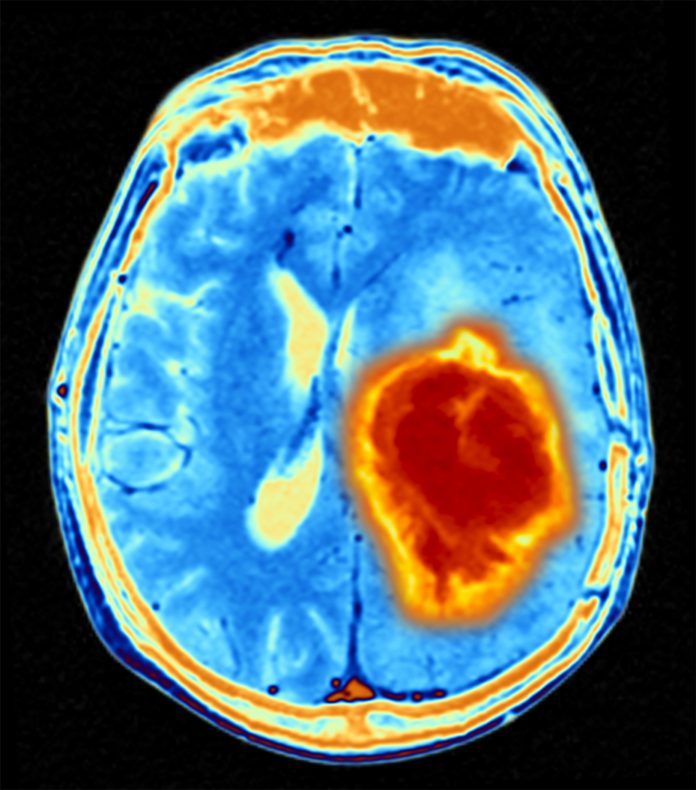
BRAF mutated pediatric gliomas respond better to combination targeted therapy than chemotherapy, data just published in The New England Journal of Medicine affirms. The researchers found combination targeted therapy lessened chemotherapy side effects, improved overall response rate by more than four-fold, and increased median progression free survival from 7.4 months to 20.1 months.
The TADPOLE-G study was one of the first to demonstrate a clear clinical benefit of combining Novartis’s Dabrafenib and Trametinibnin BRAF mutated low- and high-grade pediatric gliomas respectively. This latest report follows on from the publication of results from the same study in patients with BRAF mutated high-grade gliomas (BM-HGG).
“The results of these studies highlight how targeted drug therapies can offer patients new treatment avenues that not only improve outcomes but reduce the side effects often associated with cancer therapies,” says Darren Hargrave, MD, of UCL Great Ormond Street Hospital (GOSH).
Hargrave tells Inside Precision Medicine, “Dabrafenib and trametinib is the first licensed for children but there are others being studied, such as reported in a recent trial of a type-2 RAF inhibitor.”
Gliomas are cancerous brain tumors that start in glial cells. Children with high-grade gliomas often undergo full surgical resections, followed by radiotherapy, and chemotherapy. Unfortunately, overall, less than one in five children respond well to treatment and two-year survival is less than 35%.
This second study included 41 children who had previously received treatment for their BM-HGG. 56% of patients responding to treatment overall—a significant improvement compared to previous chemotherapy trials—and they showed a median duration of response of 22.2 months.
The study leaders say these trials demonstrate a clear clinical benefit of the dual treatment, with the recommendation being that it become a first-line treatment for BM-LGG and a clinical option for those with relapsed/refractory BM-HGG.
Evidence from these trials is now being used as part of a National Institute for Health and Care Excellence (NICE) scoping review to appraise the clinical and cost effectiveness of the treatments. The US Food and Drug Administration has already approved the treatment for children with low-grade glioma.
Mutations in the BRAF gene were first identified as drivers of cancer in the early 2000s and now targeted therapies such as Dabrafenib and Trametinib are being used to treat melanoma and non-small cell lung cancer in patients with mutations in the BRAF gene.
The BRAF mutation is present in around 15% to 20% of pediatric low-grade gliomas and around 5% to 10% of high-grade gliomas in children. These studies are the first to investigate the effectiveness of the combination therapy in pediatric gliomas.
Pediatric gliomas, although the most common type of brain tumor, are still rare, especially when divided into specific molecular subtypes such as BRAF mutated tumors. Global collaboration is therefore essential to achieve timely and scientifically significant results, which led the TADPOLE-G study to enroll patients from 58 sites in 20 countries.
Gerrit Zijlstra, chief medical officer, Novartis UK, said: “New treatments that help improve outcomes and reduce side effects for young patients living with BRAF V600 low- and high-grade gliomas address unmet patient need, where treatment options are very limited.”













